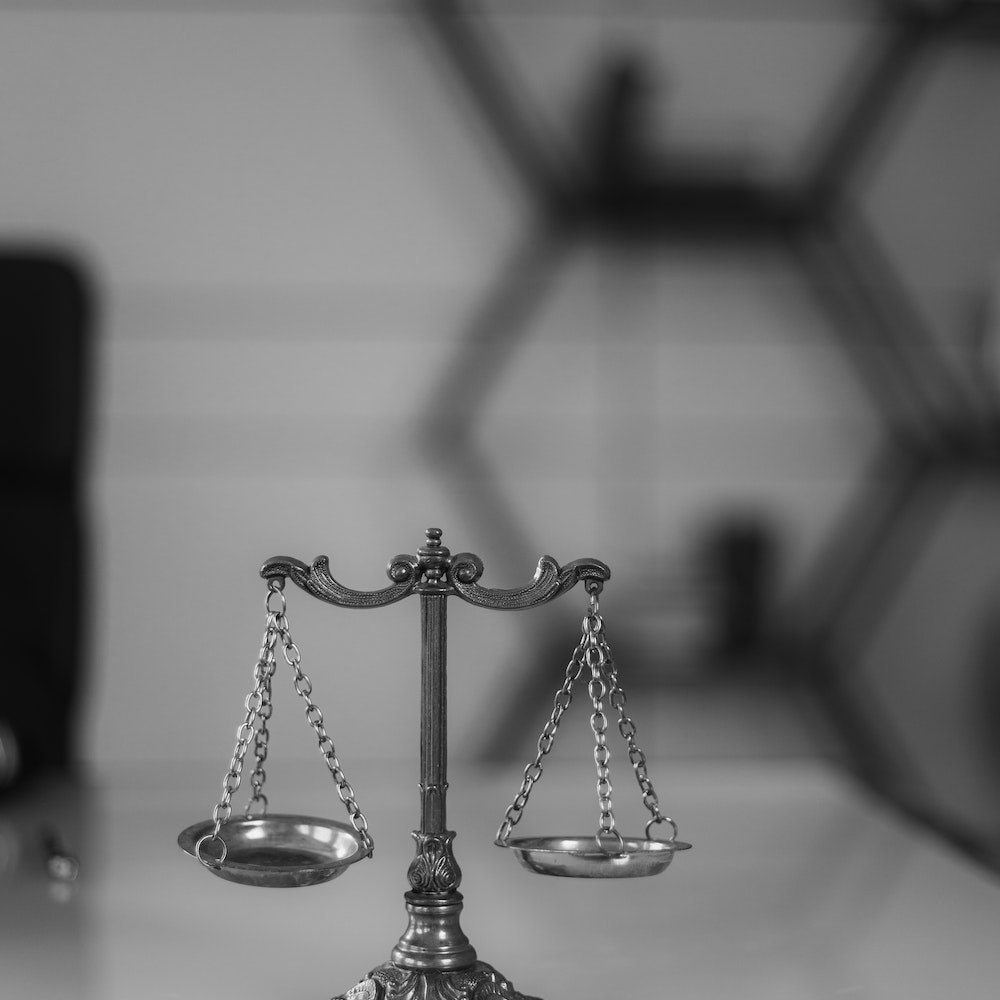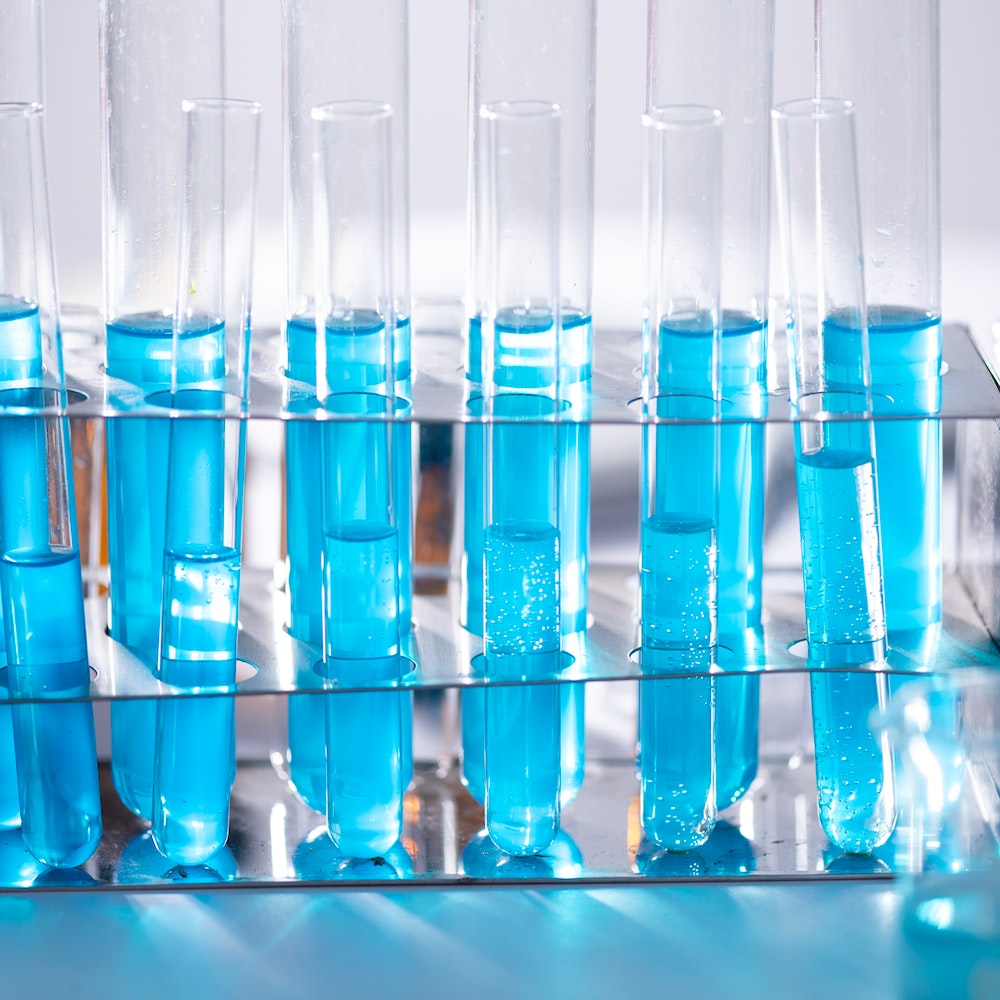Discussions about an audacious goal in the laboratory world, especially from a regulatory standpoint, may seem inconsequential. Measurement and Uncertainty in ISO 17025 Standard may not seem to have a noticeable impact on our day-to-day life. But it does. The use of uncertainty measurements renders information calculable and allows for more precise decisions. In uncertain environments, it is even more important to increase data collection, verify traces of possible correlation or causation among results (or tests), share data and results with others in the organization (particularly internally), and elevate problem management.
Measurement and uncertainty in ISO 17025 are considered vital. The 2017 revision of ISO/IEC 17025 introduced a requirement that laboratories account for measurement uncertainty when reporting results compared to a specification or requirement.
The standard requires that uncertainty of measurement is understood, documented, and applied to all quantitative procedures as per clause 7.6. Labs must take necessary steps to estimate the uncertainty of measuring all significant processes within an activity, no matter how minor. This requires that uncertainty components are identified and evaluated for each method. In such instances where validation data is collected during verification, this could be used to determine the uncertainty of measurement. One must remember that errors and uncertainties can have multiple sources: Instruments, item or sample itself, measurement process, calibration method, human, environment, and sampling.
What is Measurement and Uncertainty in ISO 17025?
The science of measurement is commonly known as ‘metrology’. When something is measured, the act of measurement causes a shift in the outcome. For instance, the accuracy of the measurement will be limited by the equipment’s resolution. As a result, an instrument with a resolution of 0.1 cannot measure an amount that is truly 0.665; it can only indicate 0.6 or 0.7. As a result, measurement uncertainty exists. Simply holding a steel rule will cause it to heat up, increasing its total length and creating tiny variations or “uncertainties.”
Basic terms to remember…
- Measurement – Measurements comprise two components: the value and its units. These values come from analysis activities such as mass, time, volume etc.
- Measurand – This is a specific quantity subject to measurement.
- Uncertainty of measurement – This deals with the quality of measurement. There is no exact value; instead, the value is as accurate as what it is measured with. This can therefore be defined as the most probable value.
- Error – This is the difference between measured and actual values. Often, errors may be confused with the uncertainty of measurement, but in fact, are different. In simple terms, the error is the ‘flaws’ in the measuring process, while uncertainty is the ‘doubt’ of the result measurement. Therefore we can conclude that a series of flaws will help us quantify the doubt.








